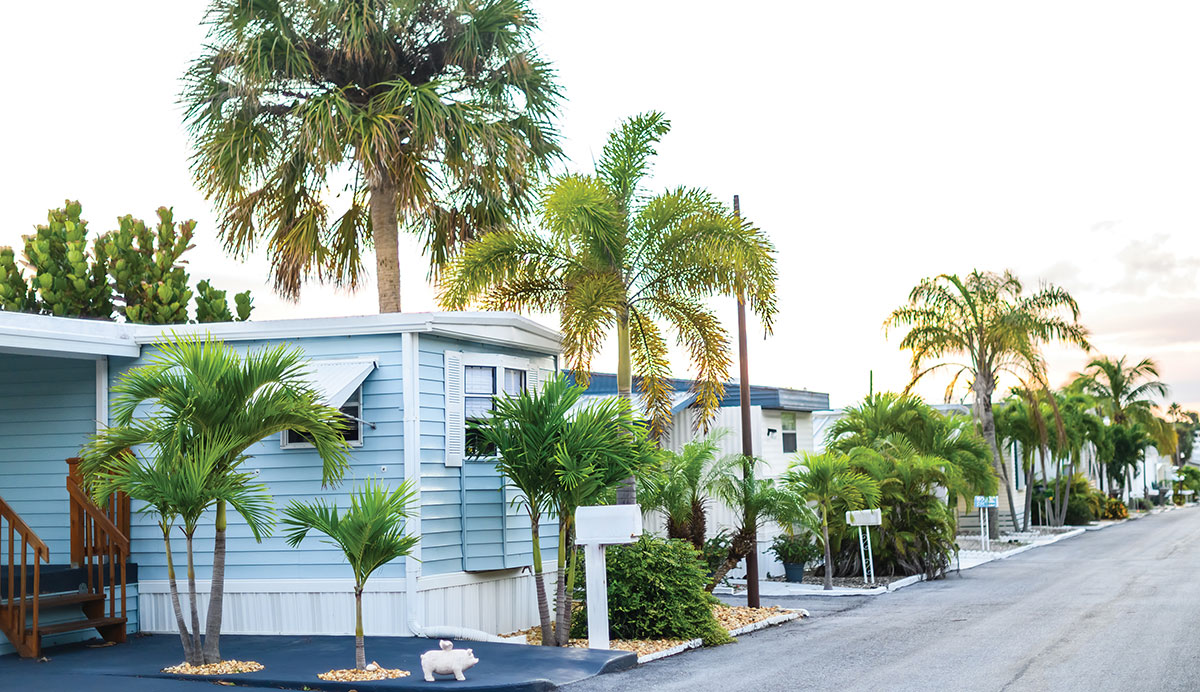The first thing you might ask is what articles does code-making panel (CMP) 7 have purview over? In my humble opinion, of course I am a bit biased, I think we have one of the most diverse technical groups of all the various technical code panels. CMP-7 debates a plethora of technical content from manufactured structures, agricultural buildings, mobile and modular homes, recreational vehicles, park trailers, marinas, manufactured wiring systems, and finally, irrigation machines. As you can see, there is never a dull moment in the code discussions around the table. CMP-7, over the last two cycles, has been chaired by the infamous Keith Lofland, whom I have had the honor to work with while navigating our group’s interesting and challenging dynamics. This cycle was no different!
During the First Draft, our group tackled 154 Public Inputs and created 93 first revisions. During the Second Draft, CMP-7 addressed another 97 Public Comments and created 66-second revisions.
If I were to pick some of the larger issues we faced, I would have to say that the changes in the definitions for consistency across the articles we have purview were huge. The relocation and review of all the CMP-7 definitions between the first and second drafts were tedious and a lot of work. Other important items include the structure of Article 547 (Ag Buildings), a couple of key changes in article 551 (RVs). With the focus on electric shock drowning (ESD) in article 555 (Marinas), the last two cycles have seen many changes to incorporate enhanced safety around bodies of water. In my mind, coming from enforcement, these would be what I would consider noteworthy changes.
Article 100 Definitions
CMP-7 added a new definition for “Feeder Assembly” when referencing the factory cord or cable assembly between the electrical equipment and the mobile home, recreational vehicle, or park trailer panelboard. The clarification was necessary to forgo the GFCI protection on the 125 though 250-volt, 30- and 50-amp receptacles in an RV park. The concerns being because of the “unwanted tripping” that could be caused from the accumulation (multiple portable appliances) of leakage current at the source.
A new definition for “Normal High-Water Level” was added. The new definition will help AHJs determine the elevation for the electrical datum plane distances used in Articles 551, 555, and 682. This was a collaborative effort to correlate the requirements between CMP-7 and CMP-17, which has purview over Article 682 (Natural and Artificially Made Bodies of Water).
547.26: CMP-7 recognized that due to the likelihood of rodents being present around feed, silage and hay, nonmetallic cables will no longer be permitted to be concealed within walls and above ceilings of buildings (i.e., offices, lunchrooms, ancillary areas, etc.) or portions thereof, which are contiguous with or physically adjoined to livestock confinement areas.
550.32(A): The service disconnect can now be located within sight from the mobile home as opposed to 30 feet. The change from 30′ to 50′ (within sight) was an effort to be more consistent with other disconnect requirements. Specifically, with the changes in 230.85, the mobile home service disconnect could also serve as the emergency disconnect.
551.40(D): Language was deleted in the RV article to eliminate the need for a Reverse Polarity Device. However, CMP-7 added language for a Loss of Ground Device. The “Loss of Ground” device notifies users of the recreational vehicle if a hazardous condition exists that may result in a “hot skin” condition to ensure electrical safety.
555.4: The service for a marina or docking facility must not be closer than 1.5 m (5 ft) horizontally from the structure served and elevated to a distance of 12” above the electrical datum plane. In the 2020 NEC, there was no minimum distance horizontally or height that the service could be located above the electrical datum plane. Adding the distance for the service location and height above the electrical datum plane promotes electrical safety, enforceability, and correlation between similar requirements in Articles 682 and 555.
555.6: Relocation from Section 555.6 to 220.120 to better align with the “calculations” for services and feeders located in Chapter 2. It is believed that CMP-7 will still have technical input or purview over the calculations in Chapter 2.
555.15: The electrical infrastructure at a marina becomes compromised over time due to the harsh environment. CMP-7 added language to mandate the “replacement” electrical equipment at a marina be installed to the current edition of the NEC. In addition, the proposed language will allow the AHJ to inspect the existing electrical equipment for any damage; however, the existing equipment needs only to be repaired to the NEC when it was originally installed.
555.33(E): Language was added to 555.33(E) to recognize that the leakage current device is required to be listed by January 1, 2026. The leakage current measurement device is required to be provided by the marina owners when they have over three vessels supplied by shore power receptacles. Leakage current measurement device will now be required to be listed to the testing and performance requirements of UL 1399.
555.36(C): New language requires an emergency disconnect to be located within sight of a marina power outlet. If a swimmer is being subjected to an electrical current in the water and struggling to stay afloat, there is very little time to act before the swimmer goes underwater and drowns. Typically, the further a swimmer is from the source of current in the water, the effects of the current will be considerably less. When a swimmer encounters a current in the water, the boat closest to the swimmer is most likely the offending boat. So, having an emergency disconnect within sight of the vessel nearest the swimmer is most critical.
555.38: CMP-7 never technically had any specific allowances for luminaires in and around docking facilities. The electrical safety of people in the water in the vicinity of an immersed marina luminaire is critical. CMP-7 acted and added text to allow listed low voltage luminaires. In this harsh environment, if the luminaire is damaged underwater, there will only be a loss of underwater lighting but not likely any loss of life.
In Conclusion
If you are a frequent user of the NEC, the change to relocate the definitions alone is a big deal. However, as you can see, CMP-7 is made up of manufacturers, installers, and inspectors that are motivated to enhance electrical safety in all facets of the industry. Although we are very diverse, I believe that we play an important role in protecting the lives of people who live and work around electricity in all different types of buildings, structures, RV vehicles, RV parks, marinas, docks, and even a center irrigation pivot.
In Safety ~ Dean
Looking for more information on the 2023 NEC changes? Purchase the IAEI Analysis of Changes, NEC-2023 on iaei.org.











Find Us on Socials